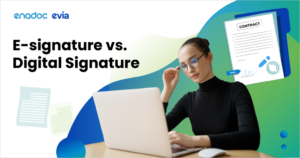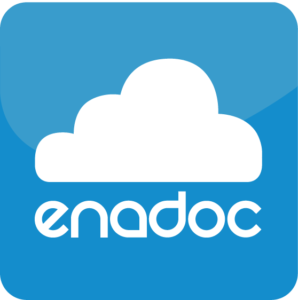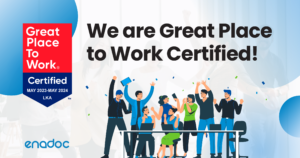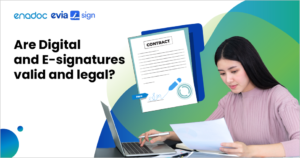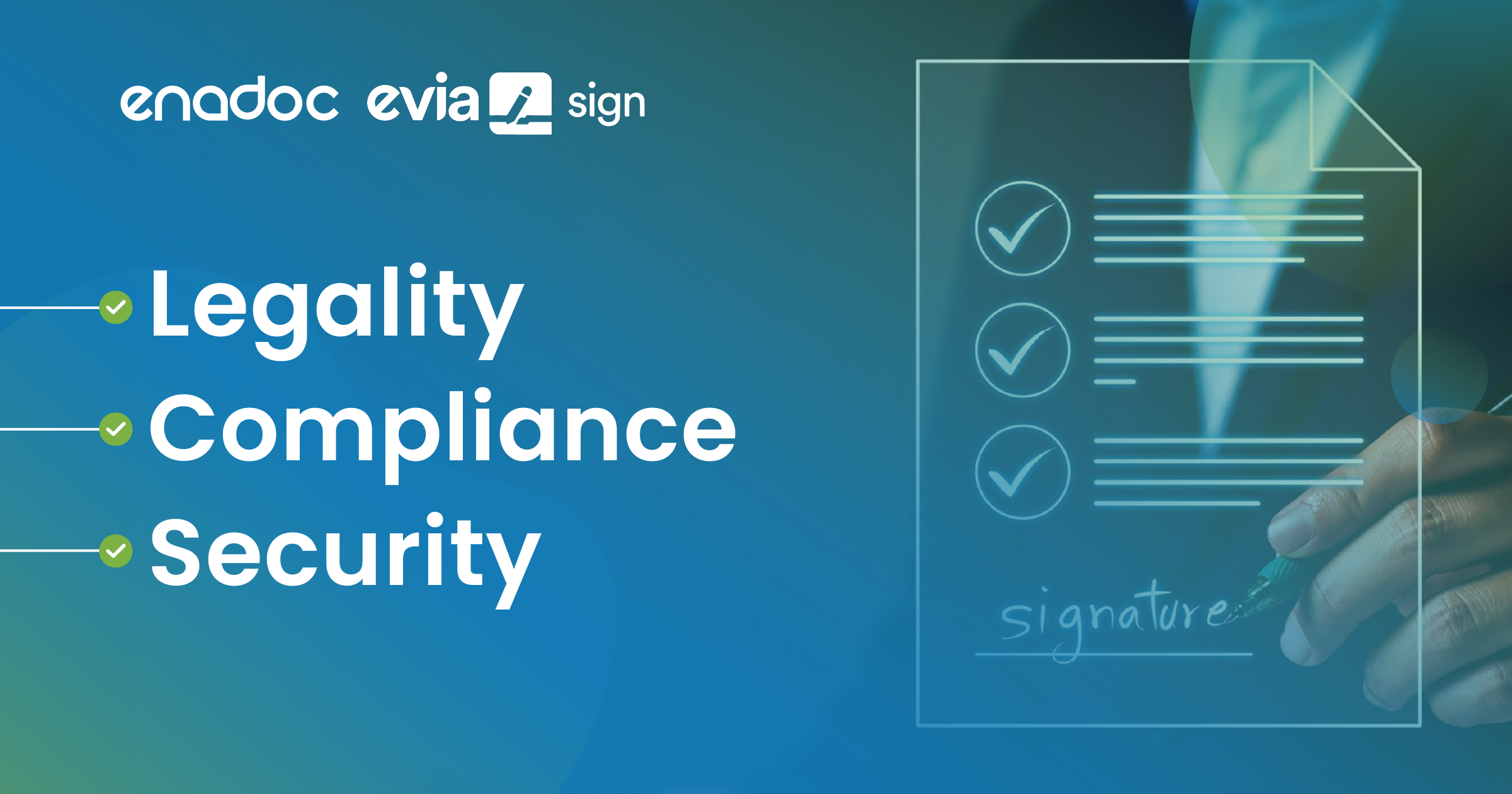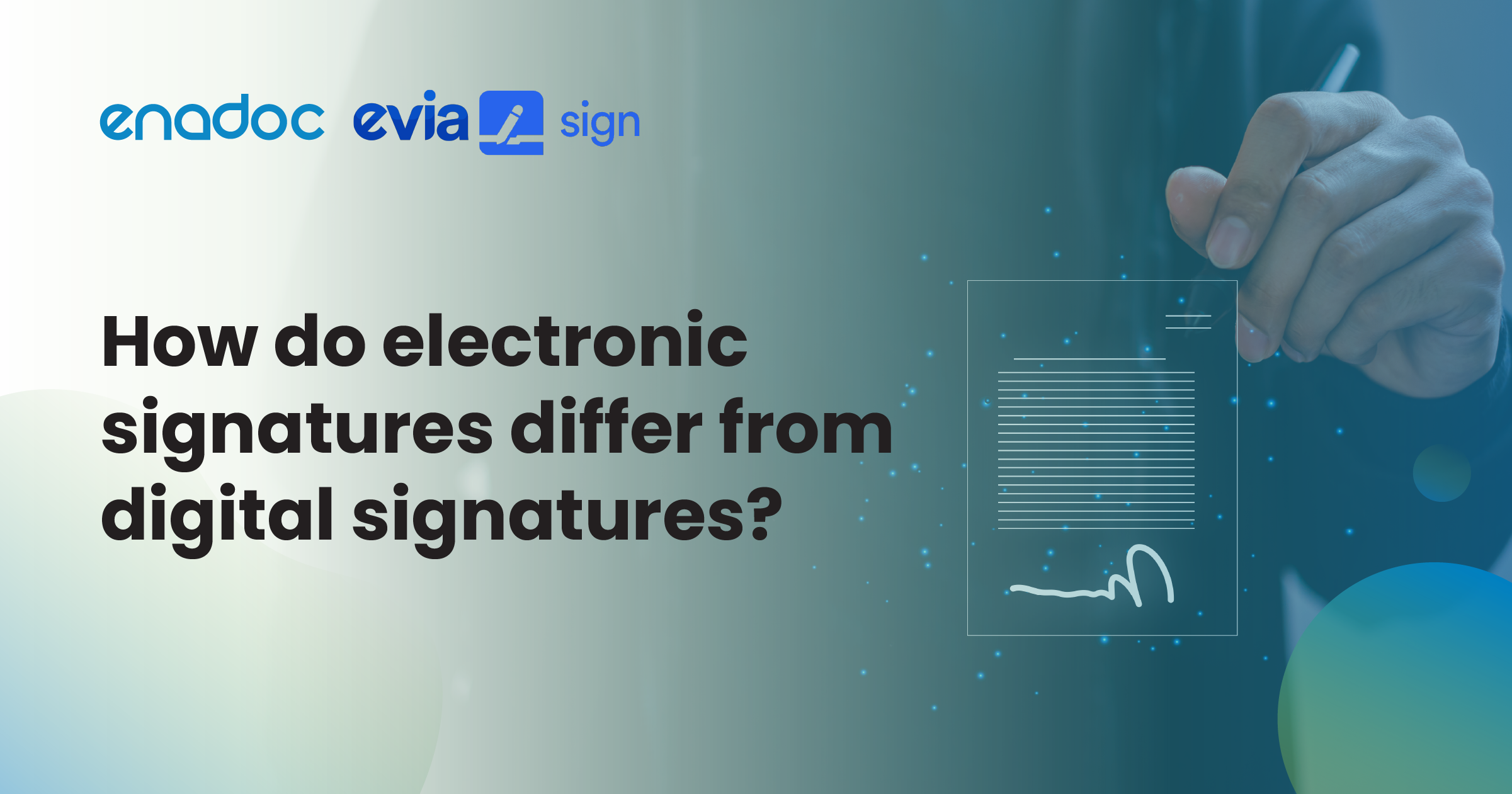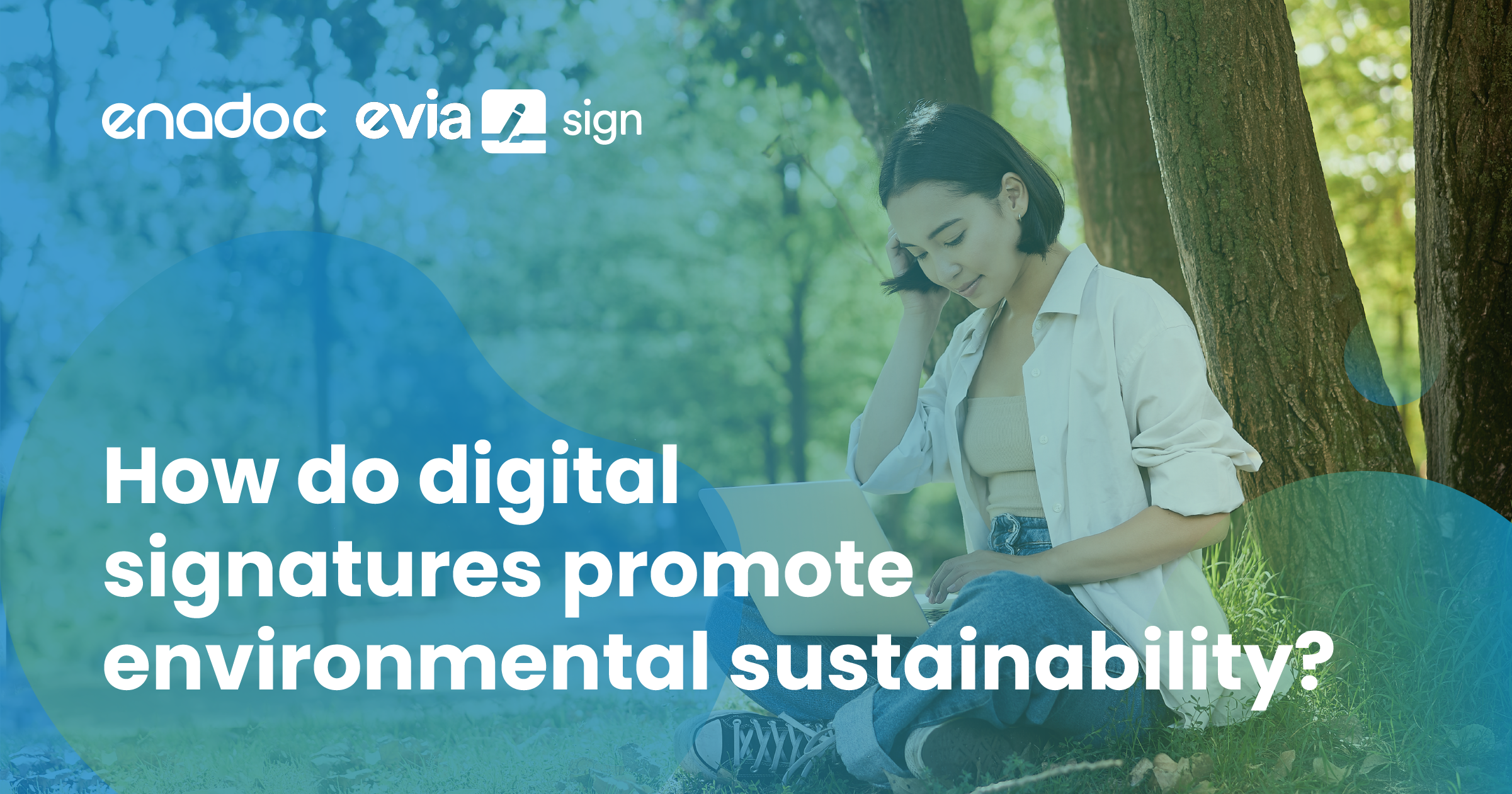
Are your HR, Finance, IT, and Top Secret files all together in the same cabinet? same storehouse? same room? same hard drive? If so, your business document and workflow integrity are already compromised. Why? A break-in would put your business plans in danger; a fire break-out would do the same. Documents in either physical or digital form are not that safe and secure as you think they are. What you really need is a good Enterprise Content Management or ECM.
What is Enterprise Content Management?
According to AIIM or Association for Information and Image Management, ECM is the strategies, methods, and tools used to capture, manage, store, preserve, and deliver content and documents related to organizational processes.
As we can see, it is neither just a single technology, methodology, nor a process; but it is a dynamic and systematic combination from strategies to tools to support key organizational processes through its entire lifecycle.
So you ask, what’s the importance of ECM in our day-to-day business? To break you the news, it is not enough to properly save content to your hard drive. We have to ask ourselves these questions — Are these contents accessible anytime? Is the content you’re accessing is the correct and the latest version? These sort of questions are equally important to achieve business goals.
Let’s peruse the steps in this process bit by bit:
1. Capture – the process of entering any data into the system (i.e., Typing in Microsoft Word, Taking a photograph, etc.)
There are two types of data – one is machine generated, the other is human generated. Human generated data are the ones humans directly created
the data (i.e., writing on a paper, drawing on a canvass, etc.) Whereas the Machine generated, there is a machine intervention in which we create
the data (i.e., typing in a word processor, creating vectors via InDesign, etc.)
2. Manage – How do these data be saved and be found in the future (i.e. naming files, metadata, which folders and subfolders, etc.)
3. Storing – Where these data go (e.g., flash drive, local drive, cloud, etc.)
4. Preserving – How long will these data be in the storage (e.g., tomorrow, on the due date, five years, etc.)
Did you know that your hard drive is not forever, nor your flash drive? Here is a list to bring you awareness on how these physical storage wear out over time:
- Magnetic tapes have a lifespan of 20 years
- Cassette tapes last 15 years
- 3.5 Floppy disks last 2-5 years
- CD’s have lifespan of 3-5 years
- Hard disks last 5 years
- Flash drives, SD cards, and SSD’s have lifespan of 10 years
5. Delivering – Where and how these information be translated to the intended receiver (e.g., Social Media, Printed, etc.)
Why Content Management, not Document Management?
Fast track into the future – we are no longer restricted to only creating documents. Documents, strictly speaking, are pictures or written contents in digital or physical form. On the other hand, regardless of the nature and origin, whatever data we put on a particular medium is a content. To drive straight to the point, we are now in the “content” era. We now take videos, music, SMS, chat logs, thus we create tons of new media (content) every year that carry data, not just from documents.
Structured, Unstructured, and Semi-Structured information
Information takes a lot of formation with regard to how information keyed-in to the system. Many of us who use common office applications such as presentation programs or word processors care less of should these files have appropriate and sufficient metadata, file-structure, compliance, interoperability, among others. In short, information structure is basically about how certain types of information were handled and read — can it be in automated classification? Is it machine-readable? To add, structured documents are generally machine-readable.
It is not a hierarchy, but it is a process. The goal of ECM is to determine which structure is best in terms of effectiveness, efficiency, compliance, and continuity all combined to drive the businesses forward. So think of your documents: Are my documents best held in structured information?
Let’s take a quick tour of how ECM steps are done:
1. Content and Documents – Unstructured content is made from a variety of sources (email, instant message, text document).
2. Scanning – these documents should be generally captured whether through scanner or a multi-function device. Later on, we will have the idea of why this should be done.
3.1 Forms Processing – Business forms ingested into the system. In structured documents, when validated into the system, the elements are distinguishable (invoices for example).
3.2 Recognition – This technology has the capability to recognize (written) manual data input to be translated as electronic data. Nowadays, we have Optical Character Recognition (OCR) and Intelligent Character Recognition (ICR) software to name a few.
4. Categorization / Taxonomy – In this step, information is structured further (especially when a document came from an unstructured format). The key here is that the information should be properly stored and categorized under certain locations.
5. Indexing – This is an integral part of the ECM process — metadata (e.g., customer ID no., validity date, surname, batch, designation) should be done in order for the document to be located in the future. Keywords related to the document are used in this step.
6. Document, Records, Email, Web Content, and Digital Asset Management – This is the central function of ECM. Regardless of where the indexed information goes to, it is vital to manage the data/contents/documents. The features highlighted in this step are library, profiling, version control, check in and check out, revision logs, deletion process, and security.
7. Repositories – This step answers how the documents can be accessed, from multiple locations, regardless of where it is stored.
8. Storage – This is where the documents really reside. In addition, it is the issue of how fast the documents can be saved, can be accessed, can be deleted, and can be recovered.
9. Integration and Migration – The content must be able to be moved or migrated to new media for continued accessibility.
10. Search / Retrieval – This is one of the greatest benefits of the ECM system — the ability to easily get out what you put in.
11. Publish – At the end of the ECM process, content should be published and delivered either via print, email, websites, portals, SMS, RSS feeds, etc.
12. Security – Stored information should have restricted access during its creation, management, and delivery.
13. Collaboration – As the term implies, content should be easily shared and maintained in project teams regardless of the geographical location. These features facilitate collaborative decision-making.
There you go. This is just the tip of the iceberg of what ECM is. As have been mentioned earlier, it starts with capturing the existing documents, whether physical (scan) or digital (migrate). The goal of ECM is solely for the integrity of the documents and workflow of the business and enterprise. The ECM is here for business efficiency and cost-saving all-in-one. ECM systems are everywhere, so is capturing services for the starters. What you need to do is to look for a good service for this. For a great start here’s a good capturing and indexing system, Enadoc.
Source: https://www.storagecraft.com/blog/data-storage-lifespan/ and http://crashplan.com/medialifespan

